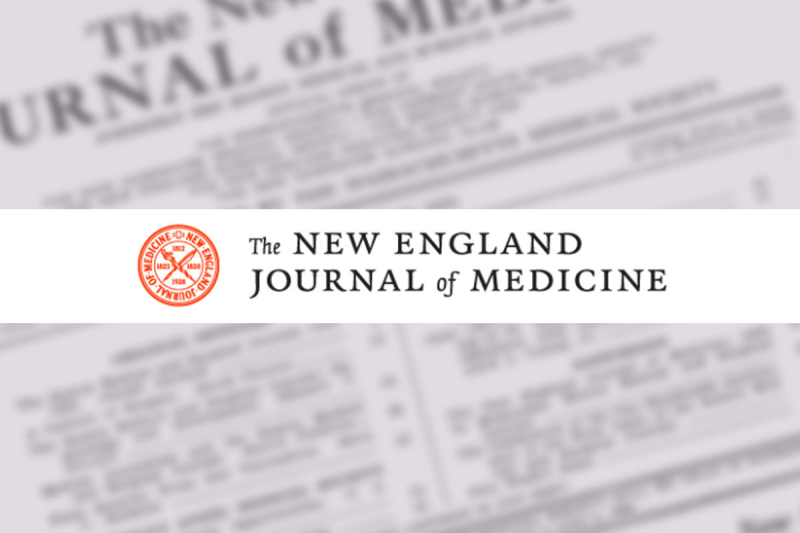This article is part of an invited series by independent historians, focused on biases and injustice that the [New England Journal of Medicine] has historically helped to perpetuate. We hope it will enable us to learn from our mistakes and prevent new ones.
In 1923, Boston City Hospital chose Dr. William Mayo, already famous for the work of his Minnesota clinic, to speak at the inauguration of a new laboratory. Mayo’s thoughts on hospital administration, published in the Boston Medical and Surgical Journal (which would be renamed the New England Journal of Medicine in 1928), highlighted the common anxieties of his profession and went far beyond the anodyne comments that were usual on such occasions.
Mayo said one goal of public hospitals should be to “reduce the number of people whom it must care for at the expense of the taxpayer.” A robust sterilization program and limits on immigration of the “defective” would serve that goal. His search for “the final solution of the immigration problem” rested on the assertion that poverty and disease were proof that “the alien is a public health problem, just as he is a social problem,” and he saw “alien lawbreakers” as the cause of rising crime.
Mayo was suspicious of “peoples from southern Europe,” but saved his most pointed bigotry for the Chinese: “The exclusion of the yellow race from the United States is not a matter of prejudice, but of self-preservation.” Mayo also supported eugenic sterilization and was proudly identified as “an apostle of the school of eugenics.” Mayo’s sentiments were not unique: his was just one of the prominent voices in U.S. medicine that normalized advocacy for eugenics in the pages of the Journal.































